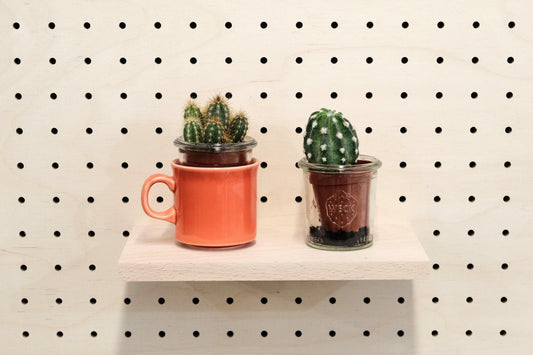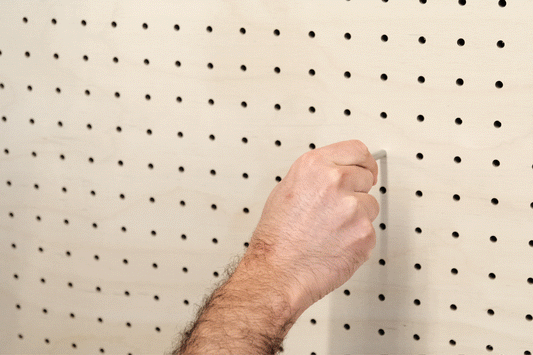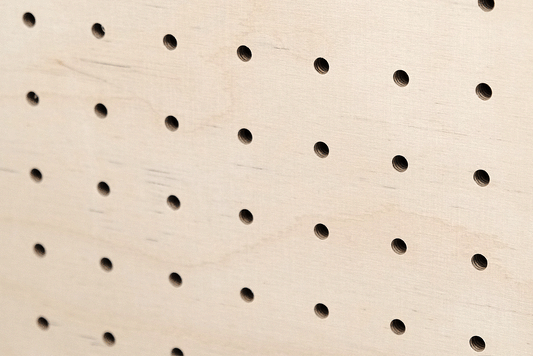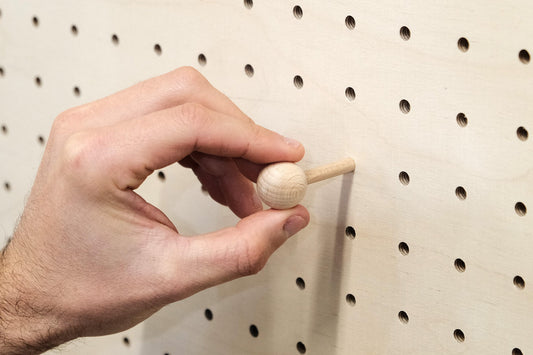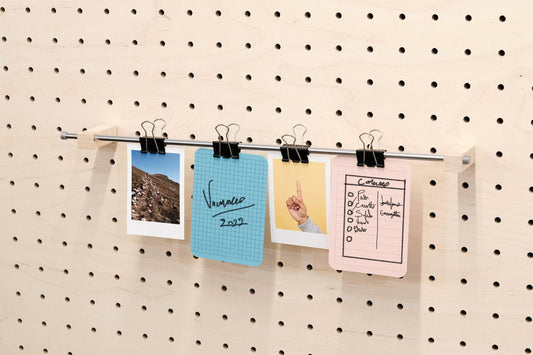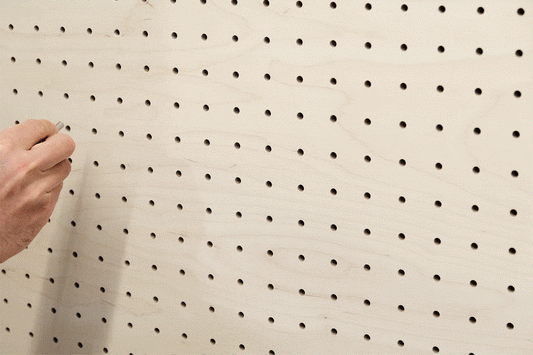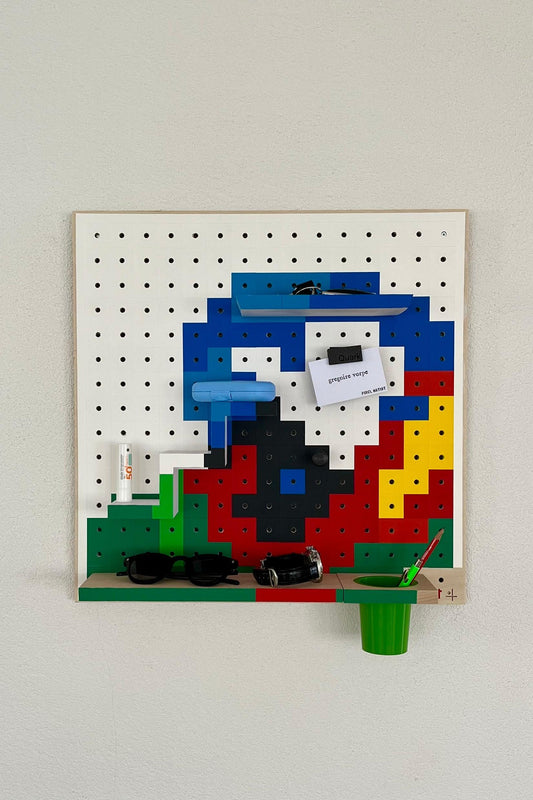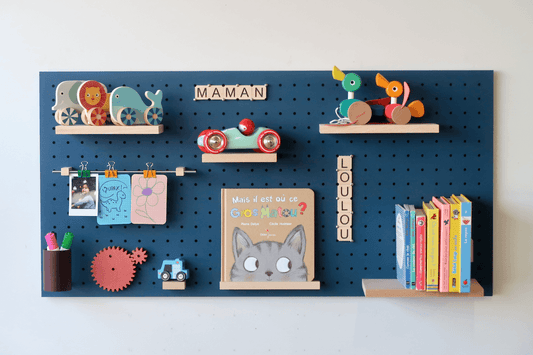
Alexandra Vincent, interior designer has only one ambition: to help her clients to feel good at home. And to be comfortable at home, it's not just aesthetics and decoration, there is also and above all the need to evolve in a healthy environment that protects the environment but also and above all, its inhabitants. Immerse yourself in an exciting world where you have to juggle many imperatives for the well-being of the greatest number.
Is the world of interior design a vocation or a coincidence for you?
My father was a trained carpenter, my grandfather a mason and my grandparents endowed with great artistic flair. Me, as a child, I had a very technical side. I loved taking things apart. I was already fascinated by Leonardo da Vinci who alone brought together all these elements ; technique, drawing. So in College, I went to the Orientation Center and I discovered furniture design and there I said to myself this is what I need.

I entered the Ecole Boulle to make furniture there. During my Manaa (upgrading in applied arts), I was directed towards interior architecture which had the advantage of being much more complete: we touch on furniture, decoration, technique too. Not to mention that the professional possibilities are much more extensive. And it's true that thinking about it, when I was little, I spent my time constantly moving my furniture, and I loved looking at people's homes, their interiors.
After my BTS, I had the opportunity to take a trip to continue my studies and I chose Quebec, because foreign languages weren't really my thing. I landed in Montreal at UQAM (University of Quebec in Montreal) and with my university credits, I was given full freedom to devote myself to furniture design . I really perfected myself there as well as in the software, I participated and won in competitions; a chair with swivel, radiant heating, among others.

You practice interior design in a completely original way, what characterizes you?
After my studies, still in Montreal, I started to work. First for nightclubs and restaurants. An exciting and stimulating work in which one can be daring but which very quickly showed me its limits. Because in this mode, the decoration is quite ephemeral. It lasts three to 5 years and we change everything, we throw it away. That's when I realized that it went against my values. And that my challenge was going to be to exercise this passion with a certain ethical approach.
I then worked on refurbishing apartments for an owner of several properties, first as an employee and then once on my own I was able to have new customers. There, I suddenly had access to all kinds of materials, particularly from the American West Coast, which is very advanced in this ethical and ecological field. And I had established partnerships with the first ecological cabinetmakers in Montreal. And there again, I said to myself that there must be a way to serve more locally and to put in place a real ecological vision. I believe I was one of the first even there to define myself as an ecological architect.
Then you come back to France and create Hava Design. What does Hava design mean? “Hava” in Turkish means “she who gives help”!!! Did you choose it knowingly?
I decided to come back in 2013 because even if it's a country that I really love, it's difficult to live so far away from all your family for very long.
I rediscovered France, its cultural richness, its variety of landscape that we don't have in Canada where you can drive for eight hours without the landscape changing.

I chose to settle in Lyon , a lively city full of culture and music, but it took me a while to get back on my own. I created my company in Quebec in 2006 I looked for an acronym that could synthesize my initials and habitat and furniture, Hava was born.
On your site, we can read, “Ecological and therapeutic interior architecture - Slow design” What are we really talking about?

The interior design will take care of the ergonomics of the space . The decorator will take care of the aesthetics. Our profession of interior designer includes the decoration aspect because it is difficult to develop a space without projecting it as a living space, this is what our customers expect that everything be thought out for physical comfort and aesthetic.
Therapeutic design will take into account an additional dimension : the psychology of the environment. How people live, what they are going to need. The goal will be to take the time to understand and see what is important. I have an example to give you. One of my clients complained that she could not see her daughter, who remained confined to another floor. By arranging a space for her in the common room, her daughter came back to work next to her mother and the exchanges resumed. To do this, you have to be extremely attentive to customers and spend a lot of time asking them about their way of life and their expectations and needs.

Slow design will demand a return to work on a human scale. We will have to combine, well-being, environment, sustainability, authenticity. The notion of time will be essential. In this area, everything will take more time, you have to be aware of this, the time for the craftsman to manufacture the furniture, for the appropriate material to arrive… But waiting is also a way of appropriating things.
I present myself as a technician of the real, I can sometimes also call on engineers to secure a detail if necessary.
But beware, I obviously give great importance to aesthetics, colors and materials in terms of decoration in addition to its "harmlessness" and its environmental impact.
My ambition is to understand my customers' expectations : do they want healthy materials or do they favor environmental impact, or both?
What are their ecological values ?
What advice would you give our readers to evolve in a healthy environment?
In housing, there are two things to consider:

- The habitat itself, that is to say what is specific to the house . It can be damp, poorly ventilated, etc. These problems can be easily treated with very good ventilation, double flow, good maintenance.
- And what we are going to bring into the house : the furniture, the paintings that will potentially be harmful. Here, it will be a question of being very careful about what we bring inside our habitat. There are a number of certifications that verify this; the Oko label tests Oeko Tex for example. PVC free, Safety of toys, Evergreen, Ecocert, Blue Angel. Be careful, however, there are differences between label and certification, so it must be understood that all are based and evaluated according to our current knowledge of toxic compounds. Anse, for example, studies an average of 3 compounds per year... there are more than 2000!!! This is why the least transformed materials possible and with natural finishes are healthier.
We really have to see our house as our body. The interior designer dresses the structure, but the structure if you do not maintain it at the level of the foundations, the mould, the impermeability of the windows, you will be able to put beautiful jewelry and beautiful clothes on it, a beautiful decoration in big, you won't necessarily be healthier. And the body must be well dressed too otherwise because if you go out without clothes, it may be complicated. And finally, we want to be beautiful, so we decorate!
As in the kitchen, we will have to bring materials into our house as little processed as possible.

Another tip: give preference to second-hand , which allows you to opt for furniture that no longer emits. While being careful on the other hand that the foams and padding are not degraded or old lead-based paints and varnishes before restoring a piece of furniture.
What should you be most wary of?
The famous VOCs, volatile organic compounds, and SVOC semi-volatile organic compounds, humidity, electromagnetic fields. Here again, we are far from being ahead in France. In Quebec, electrosensitivity is recognized as a disabling disease. In France, we hardly know what it is.
Without forgetting that the raw material of a product may have been manufactured in the best conditions, organic and sustainable, to then be transformed elsewhere and lose all its primary interest. It can be very complex. People need to be vigilant as they are more and more with their food. Watch out for green bashing!
You have lived and practiced in Canada, are there any notable differences in terms of decoration?
Quebecers are very fond of woodwork, cornices and baseboards. They appreciate the classic but warm, industrial style too. They are also much more colorful than the French, which is normal when everything is white for six or eight months of the year. They are used to moving very often so they appropriate the places in a different way.

In France, we have lost these architectural details for a much more contemporary, modern and refined style.
Do you encounter difficulties in the supply of ecological products?
Especially when it comes to plumbing and electrical. Almost everything is made in China or Italy in this area. Glues cause us concern because they almost always have polymers. The real difficulty is not simply to find the green product but more to find it at a reasonable price. That's the hardest part!
Anyway, it's almost impossible to be 100% green in decoration!
If we can't find it, we have it done.
You also have a showroom in Chessy Les Mines twenty minutes from Lyon, what can you find there?

This Showroom shop allows us to present the finishing and decoration materials, to put them in situation, like a show apartment with furniture from local craftsmen. We also present ecological local products. And soon we will offer ecological kitchens.
People who inspire you?
I am more inspired by the things around me, by people, spirituality, philosophy, nature, science.
Your latest musical favourites?
Hillsong and African-inspired music like Salif Keita or Nina Simone!
In the kitchen, what is your favorite dish?
An Indian dish, Palak Paneer , spinach with Indian spices and cheeses with basmati rice. A treat that my son also loves.
https://www.marmiton.org/recettes/recette_palak-paneer-a-la-vache-qui-rit_320701.aspx
https://www.atelierdeschefs.fr/fr/recette/24069-palak-paneer.php (this takes panir, a traditional cheese with the texture of soy blocks and pan-fried and not the laughing cow for the original recipe.)
A website, a book, a motto to share?
Pinterest inspires me a lot, I admit. Otherwise, I am very sensitive to the illustrations in my son's children's books, to the graphics that emerge from them.

As for my motto, it holds in these words, “Happiness is shared”. You have to take care of others. I always have this notion in mind with my clients. I am very attentive to it so that it goes well, that they are serene because the renovation is often stressful. They need kindness.
Positiv.fr or consoglobe.com a source of information on new trends and human and ecological solutions.
Photo credits Alexandra Vincent - Hava Design
Interview by Edith SELLIER PASCAL










